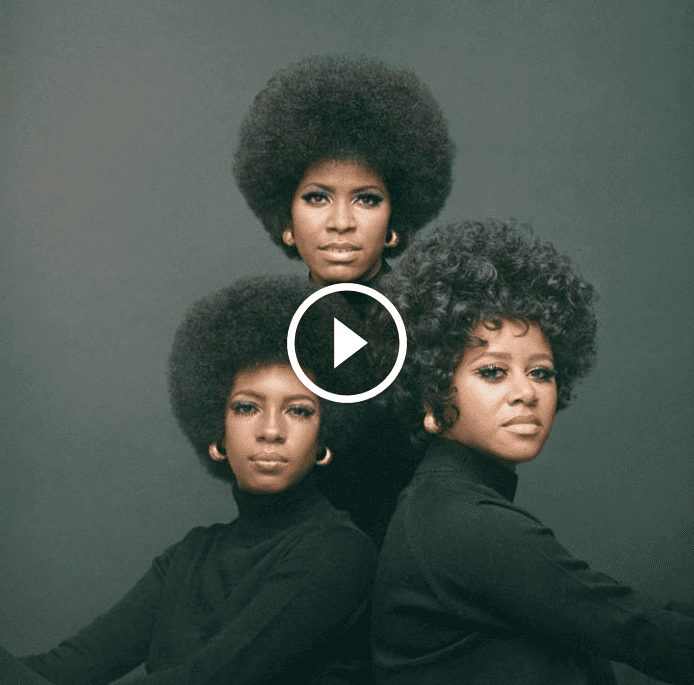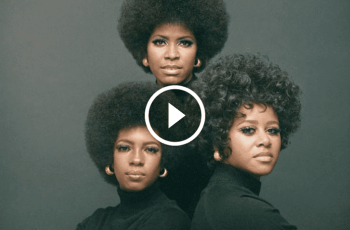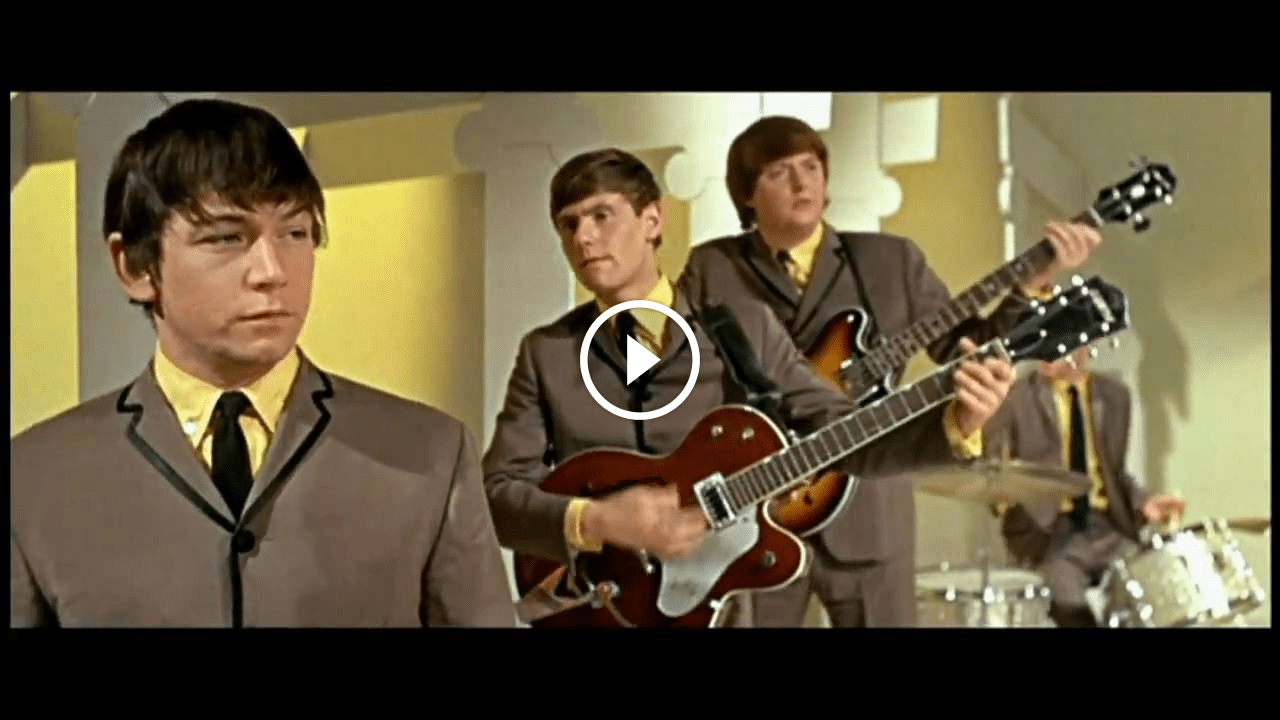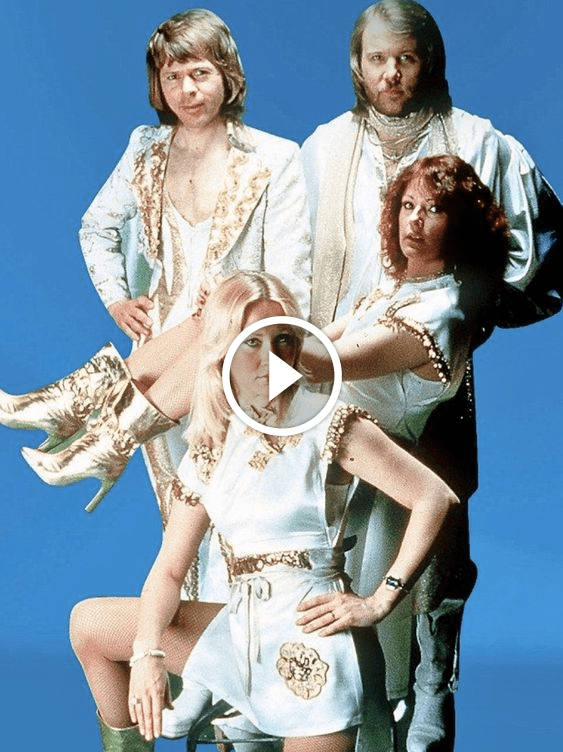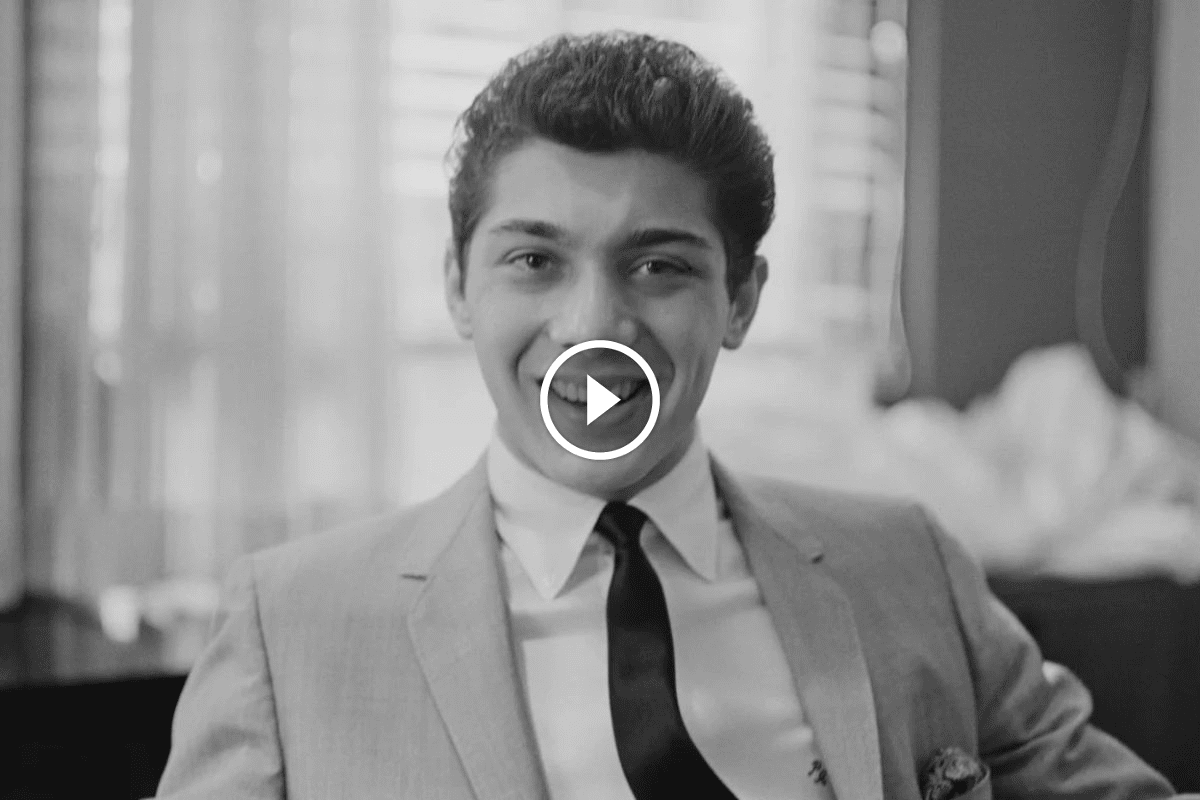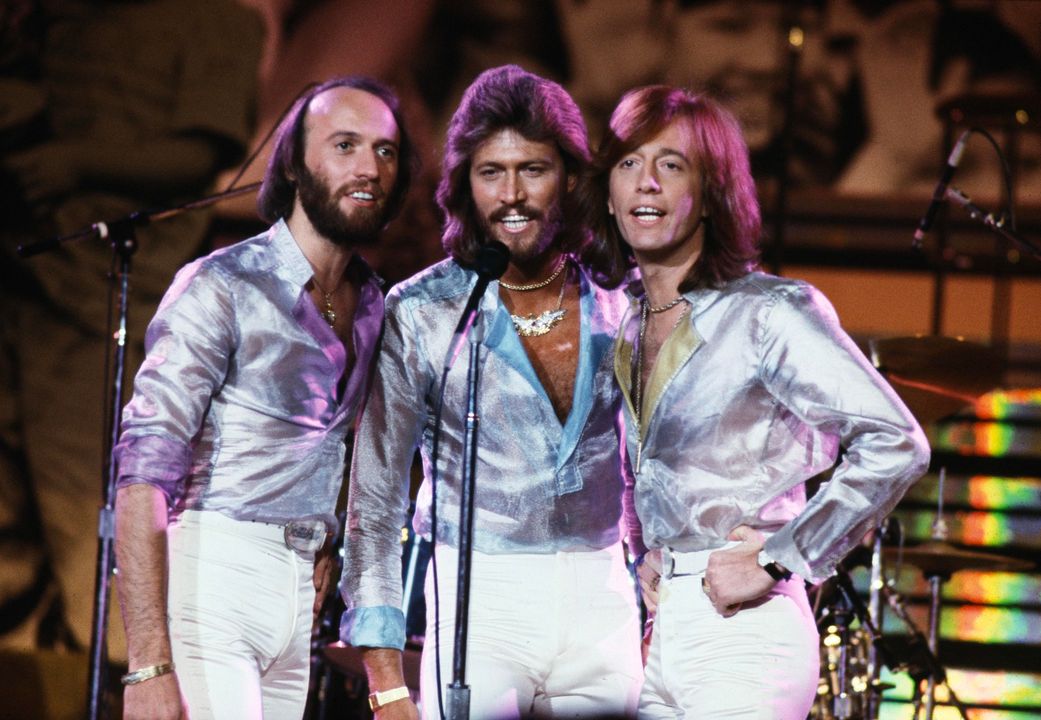In 1966, amidst the vibrant tapestry of the Motown era, a song emerged that captured the universal struggle for love’s blossoming on its own terms. “You Can’t Hurry Love,” performed by the legendary girl group The Supremes, became a cultural phenomenon, topping the Billboard Hot 100 chart and solidifying their position as Motown royalty. Interestingly, the iconic version that the world knows and loves wasn’t the first attempt at capturing the song’s magic. The “Original (Take 1)” version, a recording that offers a unique glimpse into the creative process, provides a captivating listen for music enthusiasts and casual listeners alike. Written and produced by the legendary songwriting trio of Holland-Dozier-Holland, “You Can’t Hurry Love” showcased the undeniable talent of Diana Ross, Florence Ballard, and Mary Wilson, while also offering a glimpse into the meticulous nature of Motown’s recording process.
“You Can’t Hurry Love (Original Take 1)” falls squarely within the realm of pop and Motown, characterized by its upbeat tempo, driving rhythms, and a focus on pristine female vocals. Unlike the more polished and familiar version, this recording offers a raw and energetic feel. The instrumental section, featuring a prominent piano and a tight rhythm section, provides a solid foundation for the vocal interplay. However, it’s the vocals that truly set this version apart.
The Supremes deliver the song with an infectious enthusiasm in this “Original Take 1.” Diana Ross’s lead vocals are brimming with youthful confidence, perfectly embodying the protagonist’s yearning for love but also her insistence on waiting for the real deal. The backing vocals, provided by Florence Ballard and Mary Wilson, are equally captivating. They provide a sense of playful support and echo the lead singer’s sentiment, creating a dynamic vocal tapestry. This interplay is a hallmark of The Supremes’ sound, but in this original take, it feels slightly looser and more improvisational, offering a glimpse into the creative synergy between the singers.
While the “Original Take 1” may not have been the final choice for release, it holds historical significance. It allows us to appreciate the meticulous nature of Motown’s production process and the evolution of a song from its initial conception to its polished final form. Additionally, it showcases the raw talent and vibrant energy of The Supremes, highlighting their ability to connect with listeners on an emotional level.
As we delve deeper into this unique recording, we will explore the sonic differences between the “Original Take 1” and the final, released version. We will analyze the song’s musical structure and vocal arrangements, highlighting the elements that contribute to its enduring appeal. Finally, we will discuss the historical significance of this original take and its place within the legacy of The Supremes and Motown Records.
